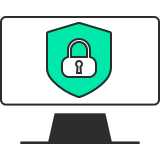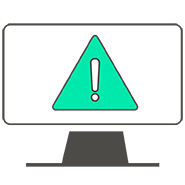CERT NZ has launched a new website called Own Your Online. It’s aimed at individuals and small-medium businesses and simplifies cyber security to help people be secure online.
The information that was on this page can now be found on Own Your Online. External Link

